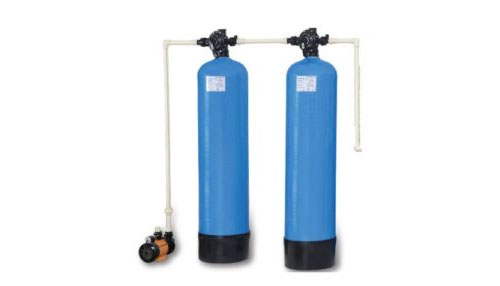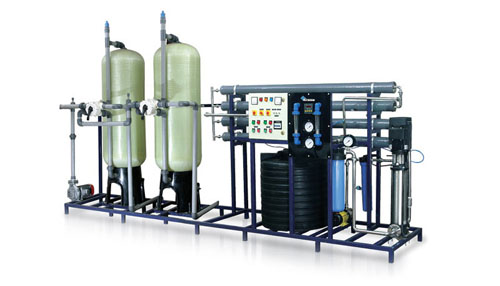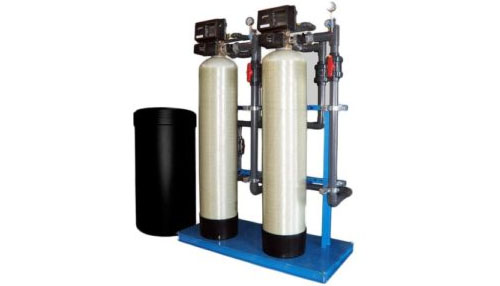Water Treatment
It is estimated that at least 1 out of every 4 people will be affected by waterscarcity by 2050.
Water scarcity is a problem affecting over 40% of the global population and it is predicted that this percentage could increase due in part to global warming and desertification.
More than 80% of the waste water resulting from human activity is dumped in rivers or the sea without any kind of water treatment.
Quolike take it as a responsibility to improve water quality in all aspects by providing a progressive solution to water & waste water treatment with unique combination of leading-edge Technologies, Engineering, Years of Expertise and Support Capabilities.

1) Raw Water Treatment Plant
Raw water treatment removes contaminants and and undesirable components or reduced their concentration.
This process improve the quality of water to make it more acceptable for specific end use.
The end use may be drinking, industrial water supply, irrigation, water recreation etc.
A typical raw water treatment plant may include:
- Bag Filter
- and Filter
- Cartriage Filter
- Multigrade Filter
- Activated Carbon Filter
- UV Filter
2) RO Plant
RO works by passing water through a semi-permeable membrane that separates the pure water into one stream and the unwanted molecule into another stream. The process is called “reverse osmosis” because it requires pressure to force pure water across a membrane, leaving the impurities behind.
In most cases, 95% of the minerals, salts and other inorganic dissolved solids, such as metals, fluoride, sodium, and calcium are removed by RO systems.


3) Water Softening Plant
Water is considerate “hard” when it has excessive level of calcium and magnesium dissolve in it.
This type of plant are based on proven ion exchange process.
Benefits of soft water :-
Requires less soap for the same cleaning effort.
Extends the lifetime of plumbing by reducing or eliminating scalebuild-up in pipes and fittings.
Prevent from hair fall and skin problems
Produce soft non-scale forming water
4) DM Plant
DM Plant known as demineralizer or deionizer. Demineralization process involves removal of minerals by means of ion exchange resins. Demineralization of water is achieved by passing water through cation resin Column and then though anion resin column.


5) Hot Water System
Heat Pump is an electric device that transfers heat from air to water and most efficient device compared to the conventional methods of water heating.
Heat is sourced from ambient air to heat water to 75°c. Get non-stop hot water anywhere in the house while saving as much as 75-80% on your heating costs.
Quolike design system based upon the daily load, differential temperature required, peak load, time between peaks, area available for collector, storage tank, heat pump and other typical site conditions.
6) Sewage Treatment Plant
Sewage treatment is the process of removing contaminants from wastewater, containing mainly household sewage plus some industrial wastewater.
Physical, chemical, and biological processes are used to remove contaminants and produce treated wastewater that is safe enough for release into the environment.

While designing the plant, following inlet & outlet parameters have been considered
| Sr. No. | Parameter | Waste Water Characteristics | Outlet from STP (Treated Water Characteristics) |
| 01 | pH | 6.5 to 7.5 | 7 to 7.5 |
| 02 | B.O.D. (mg / Lit) | < 300 mg / Lit | < 5 to 20 mg/Lit |
| 03 | C.O.D. (mg / Lit) | < 500 mg / Lit | < 10 to 30 mg/Lit |
| 04 | Suspended Solids | 150-200 mg / Lit | < 25 mg/Lit |
| 05 | Oil & Grease (mg / Lit) | <20 mg / Lit | < 5 mg/Lit |
Application of Treated Water:
We are proposing following application where treated effluent shall be re-used:
Landscape irrigation for available green area Flushing
